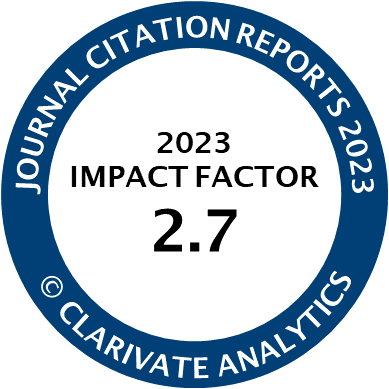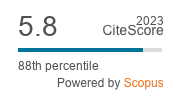Article | Open Access
Neutral Observers or Advocates for Societal Transformation? Role Orientations of Constructive Journalists in Germany
| Views: | 2648 | | | Downloads: | 1558 |
Abstract: Since the 2010s, a new type of journalism has emerged, especially in North America and Western Europe, called constructive journalism. Its basic idea is to complement classic problem-centered reporting by covering problem-solving approaches that could inspire the recipients. It has been harshly criticized, especially for its alleged proximity to advocacy or activism. To clarify the role orientations of the protagonists of this trend, a survey of all German journalists that call themselves constructive or solution-oriented was conducted (n = 79). The results show that constructive journalists are as diverse in age as the total of all journalists in Germany, but tend to be more women journalists, freelancers, formally higher educated, and politically leaning toward green and left-wing positions. Regarding role orientations, the field of constructive journalism not only represents a new facet of the entire journalistic field but also consists of several nuanced approaches itself: In factor analysis, we found eight role dimensions, of which the most important were the Social Integrator, the Transformation Agent, the Active Watchdog, the Emotional Storyteller, and the Innovation Reporter. In comparison to the average German journalist, the German constructive journalist shows stronger ambitions to control political and business elites, to motivate people to participate, and to contribute to social change. This can be explained as a countermovement not only to a possible negativity bias in the news but also to an increased attitude of detachment in German newsrooms.
Keywords: constructive journalism; Germany; professional role orientations; solutions journalism; value attitudes
Published:
© Uwe Krüger, Markus Beiler, Thilko Gläßgen, Michael Kees, Maximilian Küstermann. This is an open access article distributed under the terms of the Creative Commons Attribution 4.0 license (http://creativecommons.org/licenses/by/4.0), which permits any use, distribution, and reproduction of the work without further permission provided the original author(s) and source are credited.




